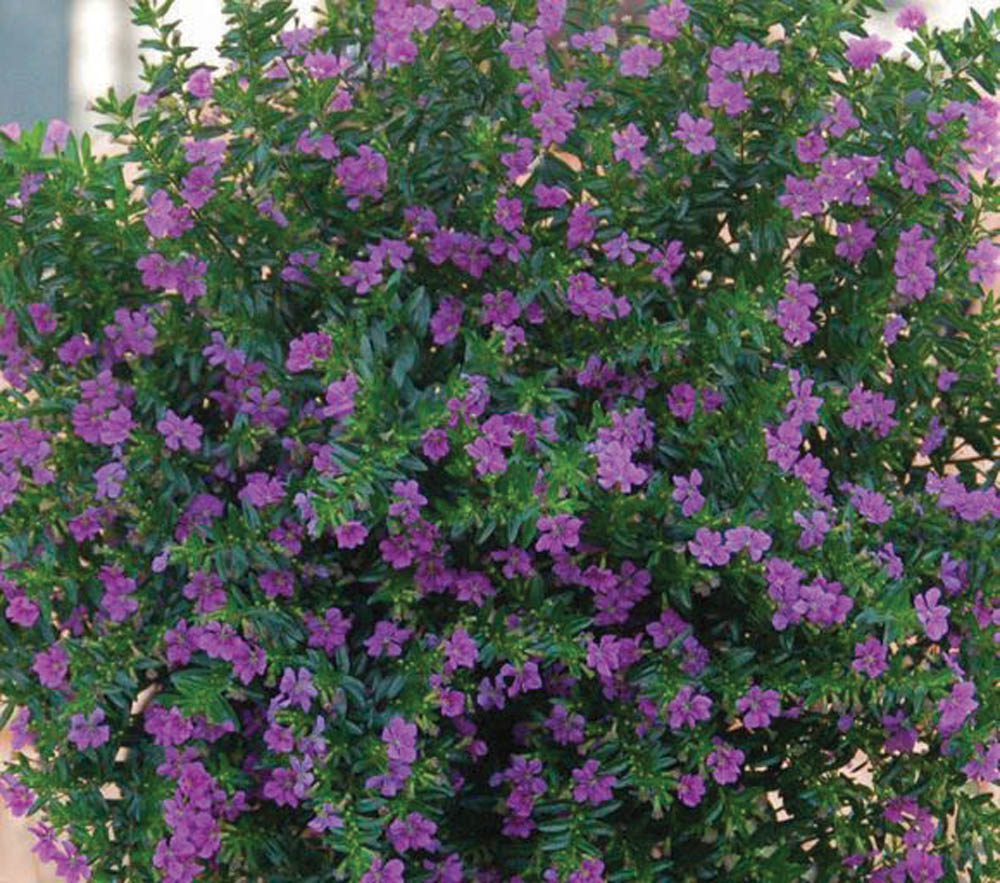It has been a couple of months since we brought all those plants indoors for the winter. We took slips and cuttings, dug up and repotted some, and simply moved some potted plants inside without doing anything to them. We were also (hopefully) diligent about avoiding bringing unwanted visitors indoors with the plants. We cleaned the plants, groomed them and treated susceptible ones with insecticide. Coleus — and other — slips were swished around in a bucket of insecticidal soap and larger plants were given a hosing.
Now it’s time to examine every plant to catch problems and ensure that they are healthy. Here are some steps to take:
Read Also

Growing garlic by the thousands in Manitoba
Rebekah Sandford planted 28,000 garlic plants by hand last year on her operation near St. Malo, Manitoba. She’s one of the few local garlic growers in the province and on the Prairies.
Remove dead/diseased/damaged foliage
Some leaves may have been damaged when the plants were repotted and moved indoors. Snip these off. Geraniums are notorious for having their leaves turn yellow when they are moved indoors. By this time new healthy foliage will have developed and these old yellow leaves should be removed. If a particular plant seems to be getting leggy, cut it back and move it to a higher-light location. This is a good opportunity to groom each plant. Clean its foliage either by wiping the leaves with a damp cloth or giving it a shower. This grooming will also help to deter insect infestations.
Refurbish the soil
Take time to rough up the soil in each pot with a hand tool and remove any debris from the soil surface. This working of the soil will allow more air into the roots and lead to healthier plants. If you notice any fungus gnats around, sprinkle a bit of insecticidal dust on the soil surface and work it into the soil. Check to ensure that plants are not being overwatered. The evidence of this will be accumulated salts around the rim of the pot and soil that is too wet.
Check susceptible plants closely for insects
Some plants are more susceptible to insect infestations than others. Impatiens and hibiscus are prone to spider mite attacks, succulents and violets attract mealy bugs, and many plants are an open invitation to aphids moving in. Be sure to check the undersides of leaves and really look closely to catch any problem. Also take note of the general appearance of each plant; one that is under attack by insects will display symptoms such as curled leaves, dead stem tips, etc.
Check for spindly growth
Plants that are getting leggy and developing spindly growth that is reaching out for light will need attention. Such plants are obviously not getting enough light and the amount of available light will only decrease over the next month or so. There is not enough room for every plant to have the most coveted position in front of a south-facing window, so you’ll have to get creative. I know one gardener who has a large plant stand on wheels and she moves it around in the house during the day so that the plants are getting sun. I sometimes rotate plants in and out of the brightest spots in the sunroom. Each plant gets a week in the best spot and then has to give it up to another plant in need of more light.
Determine which plants you want to look their best
If you’re like me you have two categories of plants indoors for the winter. One group includes plants that you want to enjoy in your living areas and the other group is composed of plants that you are simply trying to keep alive until spring when you will move them outdoors. Depending on which category a plant is in will govern somewhat how you treat it. Also, determine if plants are in a dormant or semi-dormant state, as these will need less light and very little water, such as cacti. Those few plants that you want to look good for display might need a bit of fertilizer.
After you have done all this, your plants will look great and go into winter in fine shape. Repeat this process in a month or so — perhaps in early January.



















